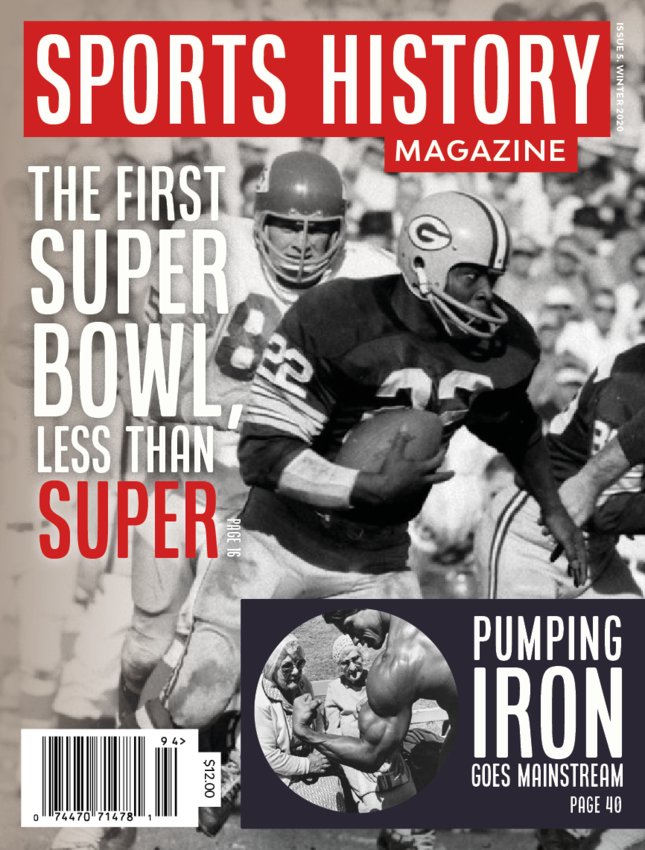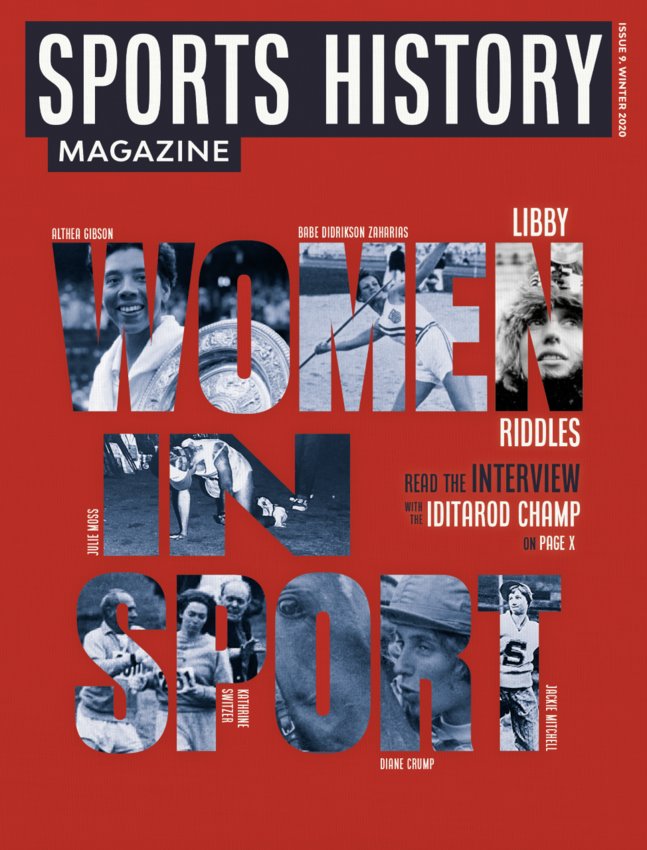1980 At The Winter Olympics- "Miracle On Ice"
Thirty-eight years ago this month, a U.S. team of college hockey players stunned the world by defeating a professional Soviet squad before going on to claim gold at the 14th Winter Olympics.
The euphoric red, white and blue victory injected vitality into a nation weighed down by economic malaise at home and political uncertainties abroad.
Sports Illustrated magazine named “Miracle On Ice” the top sports moment of the 20th century. The International Ice Hockey Federation called it the best story of the past 100 years.
The fan-jammed Olympic Fieldhouse in remote Lake Placid, New York was hardly the place for history to be made. But the venue served witness to the hopes and dreams that came alive on February 22, 1980.
For 4 consecutive Winter Olympiads, the mighty Soviet Union reigned supreme over international hockey. Garnering 4 gold medals since 1964, the Soviets entered the Lake Placid event as heavy favorites.
Until 1988, professional hockey players were barred from competing in the Olympics but the Soviet club was comprised of full-time athletes who were “employed” as workers back home. In contrast, the American roster was all college students whose average age was 21, the youngest at the tournament.
In prior exhibition matches, the puck and stick veterans from Eastern Europe went 5-3-1 against NHL teams. They had also routed the NHL All-Stars 6-0 to win the Challenge Cup. Notwithstanding, most of the NHL players were Canadian and not American.
In the last exhibition faceoff leading up to the 1980 games, America’s Cold War rivals crushed their hosts 10-3 at Madison Square Garden. The game was played less than two weeks before their momentous encounter in upstate New York.
Herb Brooks coached the U.S. team, a young and hungry squad hailing mostly from the University of Minnesota and Boston University. Brooks himself had played for and later coached the Minnesota Golden Gophers, winning the NCAA Tournament Championship in 1974, ’76, and ’79.
To counter his indomitable seasoned opponents, Brooks employed a hybrid style of play that also borrowed a page from the Europeans’ speedier and creative teamwork approach. But in particular, the U.S. coach emphasized a tough, physical game to match the Soviets’ superior performance on the ice.
The opening rounds started off with the U.S. tying Sweden 2-2, providing a boost of energy that was further heightened after the Americans thrashed powerhouse Czechoslovakia 7-3.
Three more wins against Norway, Romania and West Germany gave the 4-0-1 Yanks a springboard of confidence to square off against the Russians who were 5-0.
Facing the Soviets in the medals round, the Americans managed a 2-2 tie in the 1st period with goals by Buzz Schneider (U. of Minnesota) and Mark Johnson (U. of Wisconsin).
The 2nd period saw the underdogs trail by a goal, only to equalize in the 3rd period with another slap by Mark Johnson and then a fourth shot in the net by team captain, Mark Eruzione (Boston U.).
With ten minutes remaining and the Americans leading 4-3, the Russians attacked ferociously but failed to answer with a tying goal.
In the waning seconds of the historic match, ABC sportscaster Al Michaels let out his iconic cry, “Do you believe in miracles? Yes!” Two days later, the U.S. would go on to defeat Finland 4-2 and earn the gold.
In spirit, “Miracle On Ice” revived a beleaguered America. In the world of hockey, the enduring moment inspired a fresh generation of athletes to embrace the sport and help lift it to where it is today.
Other articles enjoyed: Oldest Franchises- Survivors Of Time, A Season Of Cups & Trophies, Greatest Comeback In Stanley Cup History










